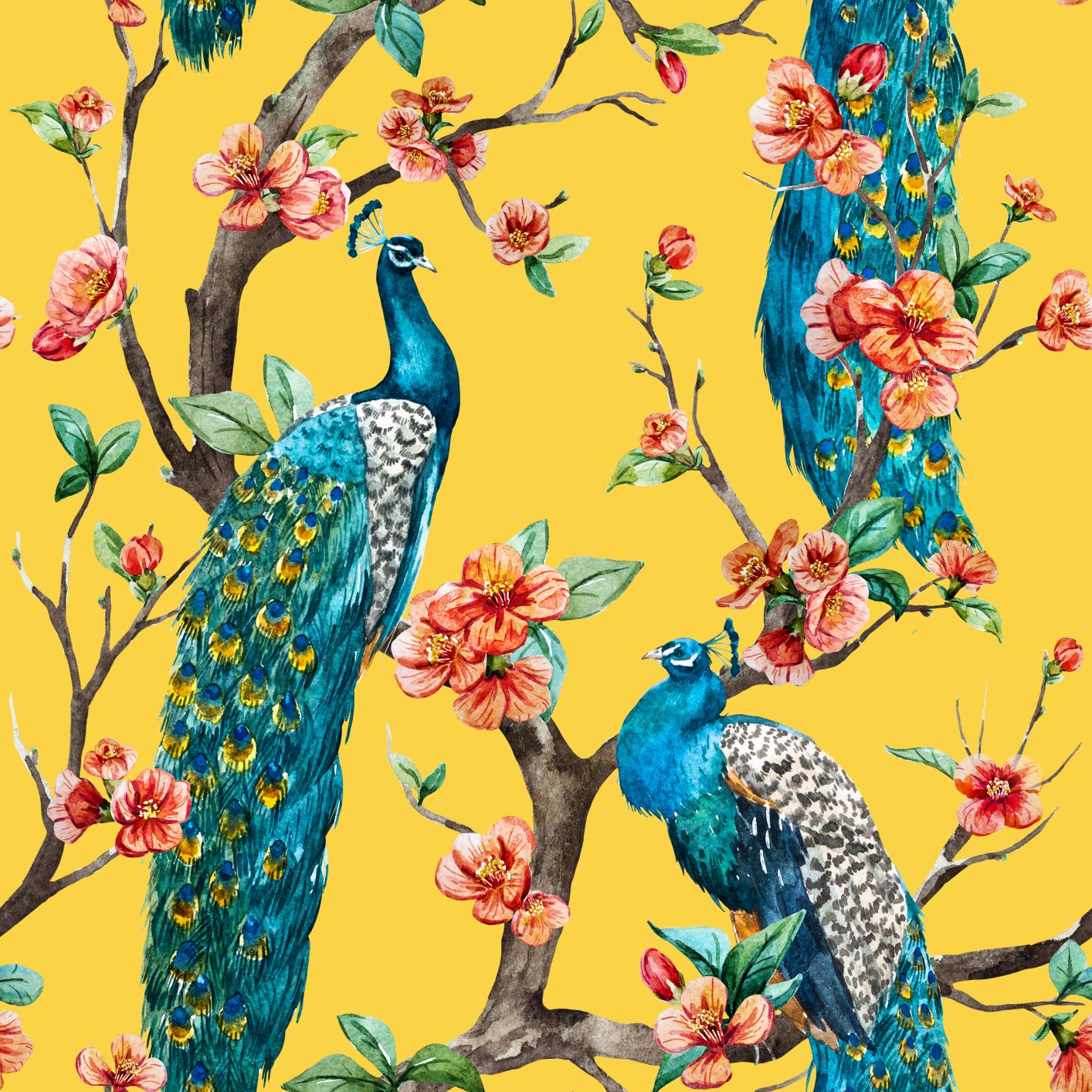It's an exciting time to be a part of the art world. Thanks to social media sites like Instagram and Facebook, artists and viewers from around the world can connect on a more personal level. That added interaction keeps viewers engaged and is a great way to sell art.
With each passing year we see different styles and art trends come, some stick around, while others fade into the background.
Let's explore some of the top art and design trends of 2019.
 Keep It Personal
Keep It Personal
To start, there has been a huge increase in personalization. Many artists have a style that they use client commissions. These are especially popular in watercolor portraits, digital illustrations, and character designs. With today's interconnectivity it's incredibly easy to reach out to an artist for a specialized piece. The buyer has the ability to send reference photos and specifications to the artist with ease. Everyone loves that added element that makes their commission unique and one-of-a-kind.
Of course, having a specifically tailored art piece doesn't always need to fall into the above art categories. Many artists with a wide array of styles are willing to do commissions. It should be noted that commissions can often be more expensive than the other works. But it's completely worth it for custom art.
 #ThrowBackThursday
#ThrowBackThursday
Another fun trend is heavily based in nostalgia. Redesigned floral prints from past decades are getting a modern spin. Fonts, graphic design, and laying of multiple patterns to an art piece; these are some of the various ways we have found the floral of the past being morphed into todays. Floral designs have been added to portraits. Found in backgrounds. And of course, they run rampant in many collages.
 The '20's In the *Almost* '20's
The '20's In the *Almost* '20's
Speaking of the past, the golden age of the 1920's seems to be reappearing just in time for the 2020's. This, so called, 'Gatsby Glam' is full of dark rich colors, and geometric shapes. But the thing that really sets this style apart; the metallic accents. These works of art will take you back in time to feel a part of the Roarin' '20's. The official name of the style is Art Deco. It was popularized in the Gatsby Era, hence it's nickname. Art Deco is known for its geometric designs in everything from patterns, to portraits. Often these works of art feel quite elegant and sophisticated.
 The Masters Meet Modern
The Masters Meet Modern
Within art and pop culture there is the term, 'Remix' culture. Essentially, 'Remix' culture is taking something that's already been created and changing it. Now, with that in mind, it's time for an even further jump back in time. Think of all the famous artists of the past. Michelangelo, Da Vinci, Klimt, Von Gogh, Monette. The list could go on and on. Imagine all their most famous works, but 'Remixed'. What do we mean by that? The artists of today are taking these famous painters works and modernizing them. They add and change them up. Photographers re-create the paintings in photographs. Artists collage over them. They mix them with completely different art styles. Honestly, it's an exciting refresh on timeless art. Obviously nothing will replace the originals but seeing a new twist on a part of history is nothing but showstopping.
 Back to The Basics
Back to The Basics
If you've ever taken an art class, there's a high probability that at one point your teacher made you learn contour drawing. Unlike makeup contouring, contouring in the art world means one continuous line. This technique is generally used as a teaching method to help students follow the lines of shapes and negative space. Artists are capitalizing on the minimalistic look the line art produces. Frequent subject matter includes faces, flowers, hands, and other more organic shapes. Most commonly seen in blacks and whites; this style creates clean, simple, and beautiful works of art.
Pour It All In
 And finally, our last trend is Acrylic or Resin Pour Paintings. Videos of their creation process are frequently found circulating on social media. It's a mesmerizing mix of color poured onto a canvas creating marbling and ripples of color. For a little extra pop some artists even include extra elements like gold leaf. This is another style that is nearly impossible to perfectly replicate the design, meaning each piece is its own unique work. The organic shapes and mixes of colors create lovely calming imagery.
And finally, our last trend is Acrylic or Resin Pour Paintings. Videos of their creation process are frequently found circulating on social media. It's a mesmerizing mix of color poured onto a canvas creating marbling and ripples of color. For a little extra pop some artists even include extra elements like gold leaf. This is another style that is nearly impossible to perfectly replicate the design, meaning each piece is its own unique work. The organic shapes and mixes of colors create lovely calming imagery.
It will be intriguing to see which trends last and what new ones come to life in 2020.
